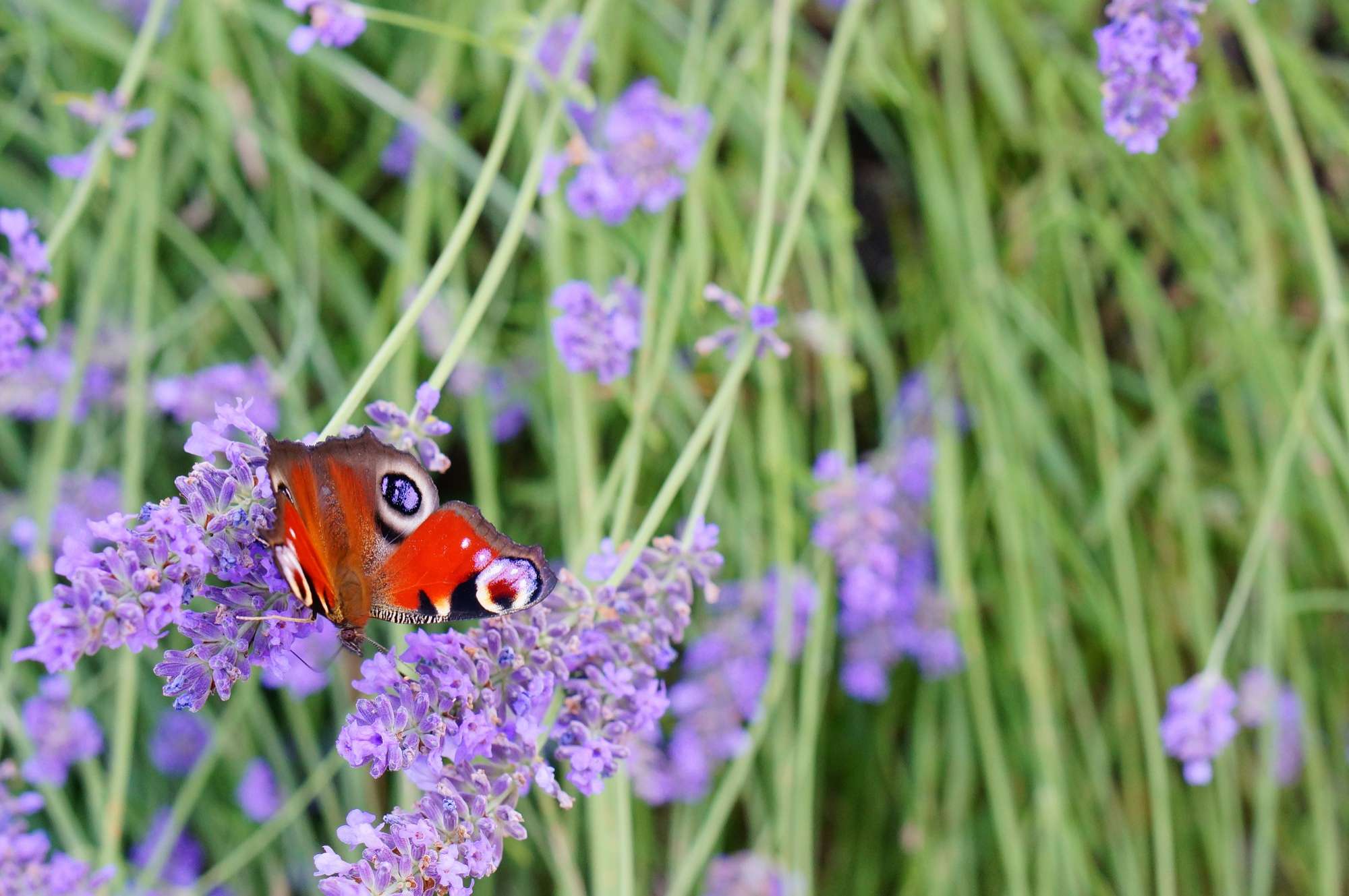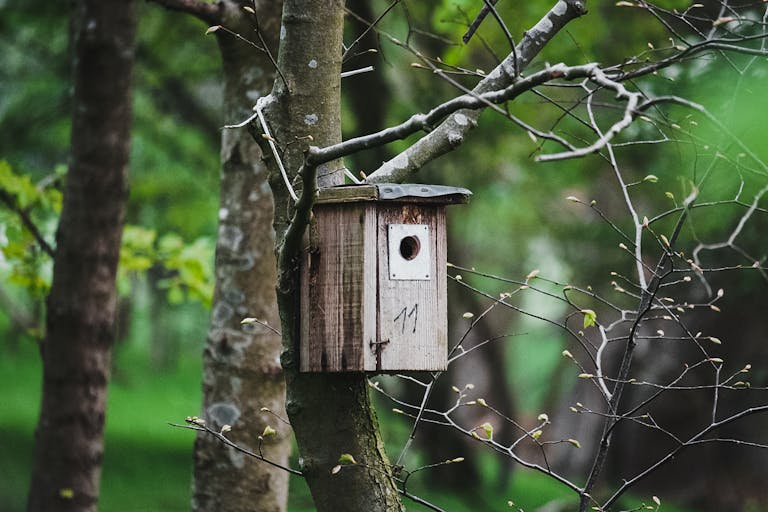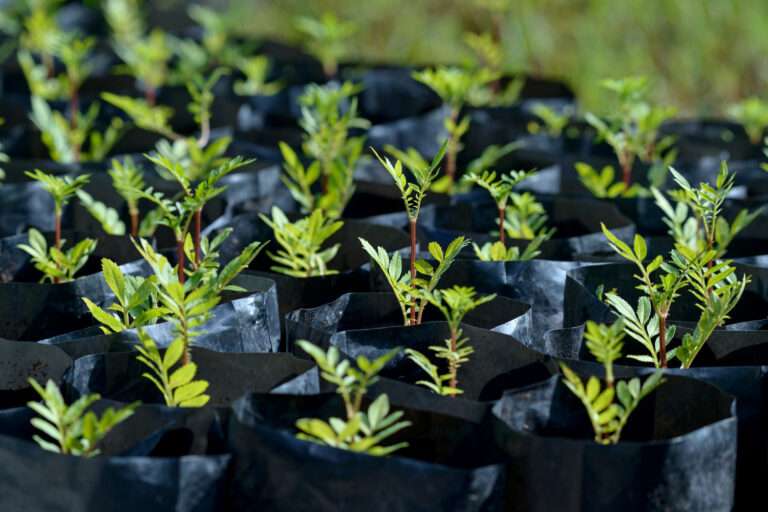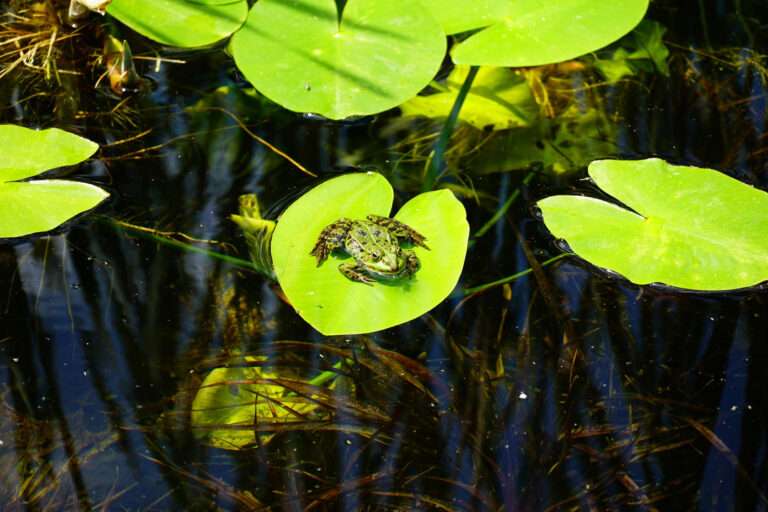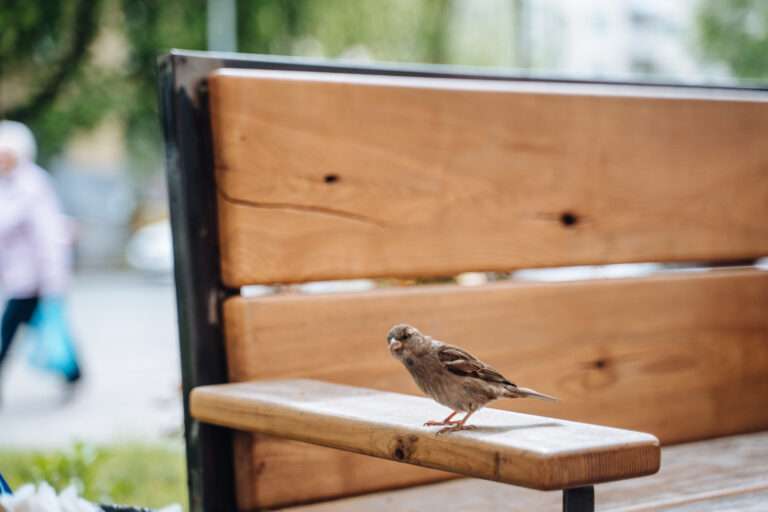Top 12 Pollinator-Friendly Plants to Boost Biodiversity and Colour Your Landscape
Pollinators are the unsung heroes of the environment. From bees and butterflies to moths, hoverflies and beetles, these creatures are vital for plant reproduction, food production, and overall ecological health. But with pollinator numbers in steep decline, choosing the best plants for pollinator support isn’t just a gardening decision—it’s an ecological responsibility.
Whether you’re developing a commercial landscape, managing a nature reserve, or upgrading a council-managed green space, incorporating the right flowering species can make a measurable difference to both biodiversity and visual appeal.
🌼 Why Pollinator-Friendly Plants Matter
In the UK, pollinators contribute an estimated £690 million a year to the economy through crop pollination. However, intensive land use, pesticides and habitat fragmentation are threatening their survival.
Planting nectar- and pollen-rich species is one of the easiest and most effective ways to create pollinator-friendly habitats that support biodiversity net gain (BNG) and long-term sustainability goals.
🐝 12 Best UK Plants for Pollinator Support
Here’s a breakdown of the top wildflowers and shrubs that reliably attract bees, butterflies and other beneficial insects in the UK climate:
1. Birdsfoot Trefoil (Lotus corniculatus)
A vital source of nectar for many bee species, including bumblebees and solitary bees. It’s also a food plant for the common blue butterfly.
2. Oxeye Daisy (Leucanthemum vulgare)
Loved by bees and hoverflies, this hardy perennial adds a splash of white to grasslands and verges.
3. Red Clover (Trifolium pratense)
Packed with nectar, red clover supports long-tongued bumblebees and can fix nitrogen in the soil.
4. Knapweed (Centaurea nigra)
This long-flowering favourite is a magnet for bees and butterflies from June to September.
5. Yarrow (Achillea millefolium)
Its flat, clustered blooms attract a wide range of insects. A great filler for wildflower meadows.
6. Viper’s Bugloss (Echium vulgare)
Bright blue flowers and high nectar content make this a top-tier bee attractant.
7. Marjoram (Origanum vulgare)
Drought-tolerant and aromatic, this herb provides a continuous nectar source during summer.
8. Field Scabious (Knautia arvensis)
One of the most attractive species to bees and butterflies. A real highlight in any pollinator patch.
9. Harebell (Campanula rotundifolia)
A delicate blue bloom that thrives on dry soils and offers support to specialist pollinators.
10. Heather (Calluna vulgaris)
Best for acidic soils and upland sites, heather supports late-season foraging.
11. Yellow Rattle (Rhinanthus minor)
Not just pollinator-friendly—it suppresses grass growth, allowing other wildflowers to flourish.
12. Wild Carrot (Daucus carota)
Umbel-shaped and attractive to hoverflies, this plant plays an important role in natural pest control.
🔧 Key Strategies for Maximum Pollinator Benefit
🗓️ Provide Year-Round Flowering
Ensure your planting schedule covers early spring through late autumn. For instance:
- Spring: Cowslip, coltsfoot, primrose
- Summer: Clover, knapweed, marjoram
- Autumn: Ivy, heather, devil’s-bit scabious
This ensures continuous food supply across the seasons, supporting a broader range of species.
🌿 Combine Trees, Shrubs and Ground Flora
Layered planting gives pollinators more options and provides shelter, breeding areas, and access to diverse pollen types.
Examples:
- Shrubs: Hazel, hawthorn, blackthorn
- Trees: Crab apple, rowan, lime
- Ground flora: Native wildflower mixes
🧪 Avoid Pesticides
Even ‘pollinator-safe’ pesticides can harm beneficial insects. Adopt organic or low-intervention approaches, especially in high-footfall areas like schools, business parks or hospitals.
🔁 Rotate and Refresh
Wildflower areas should be managed carefully. Cut them once or twice a year, always removing cuttings to prevent nutrient build-up that favours grasses over wildflowers.
🤔 FAQs About Pollinator Planting
Q: Will planting wildflowers attract unwanted pests?
A: No—wildflowers generally attract beneficial insects like hoverflies, which prey on aphids and help regulate pest populations.
Q: Can I add pollinator plants to existing lawns?
A: Yes, but you’ll need to reduce grass dominance—use yellow rattle, mow less often, and over-seed with a low-nutrient mix.
Q: How do I maintain visual impact as well as ecological value?
A: Mix formal planting schemes with informal meadows. Use bold drifts of pollinator plants alongside structured evergreens for balance.
🌸 A Living Landscape That Works for Wildlife
Supporting pollinators isn’t just about ticking biodiversity boxes—it’s about reimagining outdoor spaces as living, breathing ecosystems. Whether you’re greening a housing development, business park or roadside verge, these species and strategies will make your project more resilient, attractive, and sustainable.
At Killingley, our work in wildflower seeding and pollinator support has helped deliver measurable environmental benefits for both private and public sector clients.
Killingley Insights is the editorial voice of NT Killingley Ltd, drawing on decades of experience in landscaping, environmental enhancements, and civil engineering projects across the UK.


